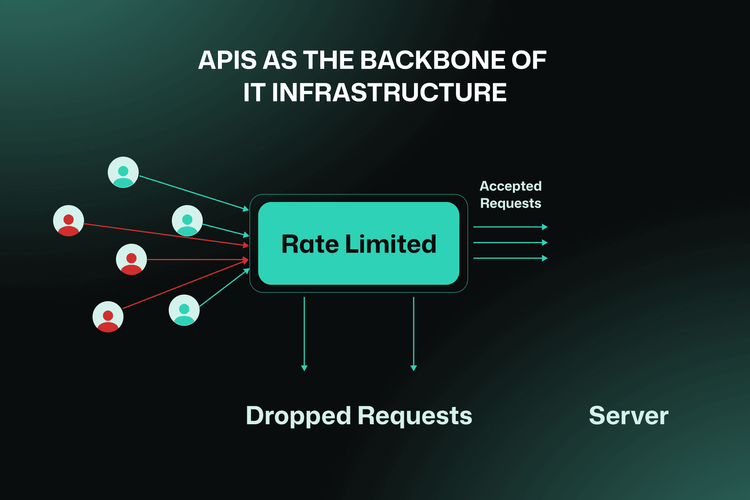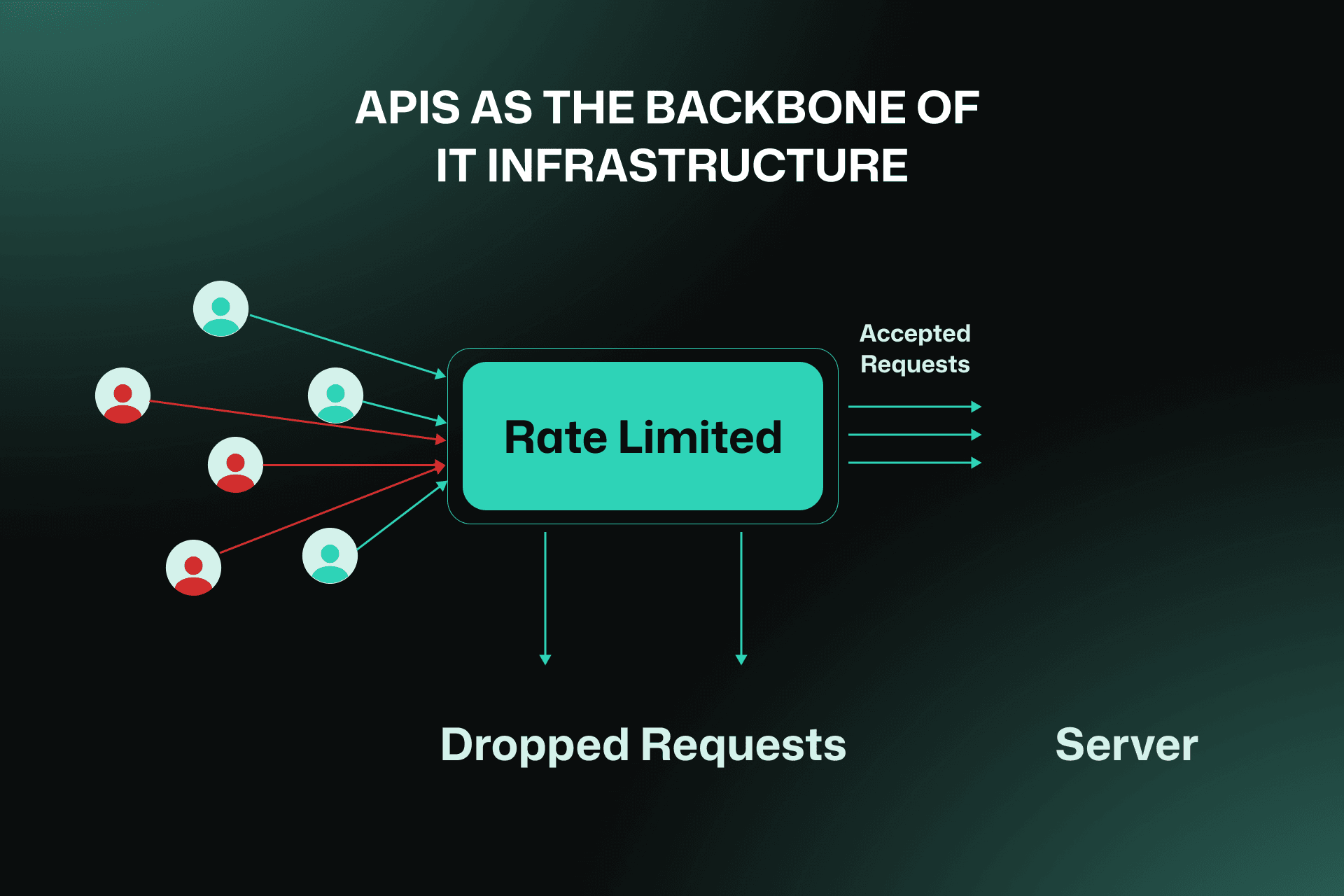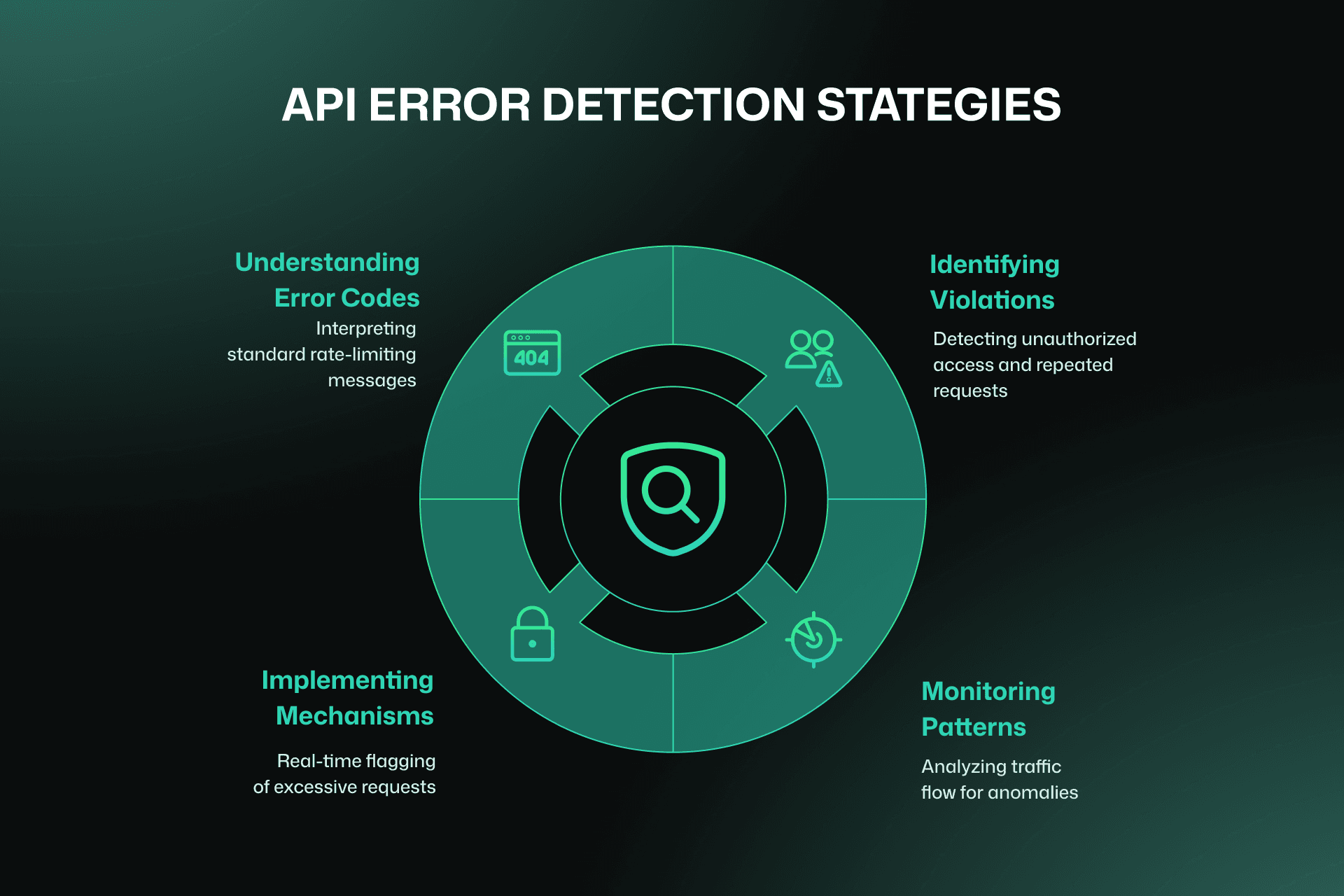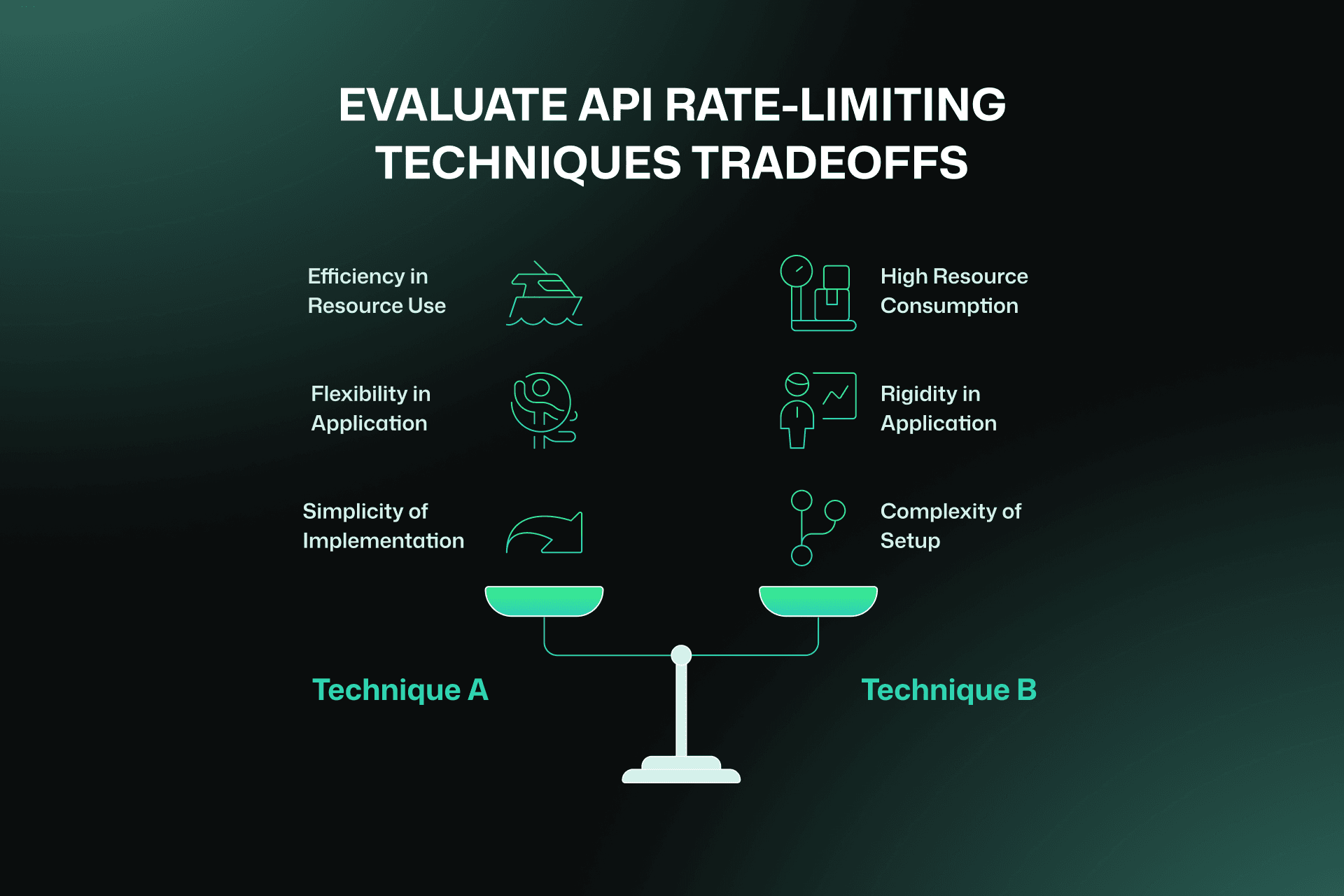How to Implement Rate Limiting for API Performance

Unrestricted API access can overwhelm servers, degrade performance, and lead to system failures. That is why API rate limiting combined with uptime monitoring is the key to managing traffic, preserving system stability, and delivering a consistent user experience.
In this blog, we'll explore the basics of rate limiting, discuss strategies for API error detection, as well as review practical approaches and web uptime monitoring tools for implementing effective rate-limiting mechanisms.
1. Understanding API Rate Limiting
API rate limiting is the process of controlling the number of requests a client can make to an API within a specified time frame. By capping request rates, rate limiting prevents resource exhaustion, mitigates threats, and ensures smooth access for all users.

Rate limiting is a technique used to control the number of requests a client can make to a server within a specified time frame.
Why You Should Implement API Rate Limiting
Rate limiting acts as a safety net, preserving both system stability and user trust. Without proper rate limiting, systems are vulnerable to traffic spikes, malicious threats, or unintentional misuses, like misconfigured scripts bombarding APIs. For instance, a popular gaming platform suffered downtime when millions of users simultaneously accessed its API without rate limits.
2. API Error Detection Strategies
Rate limiting plays a crucial part in API error detection by identifying and managing potential violations.

The Pillars of API Error Detection
Strategies to Detect and Prevent Issues
Identifying Potential Violations
Monitoring patterns such as repeated requests from the same IP address or unauthorized usage can help detect violations.
For instance, an e-commerce platform detected a bot scraping their inventory data after exceeding rate thresholds, preventing unauthorized access.
Monitoring Request Patterns
Analyzing traffic flow to identify anomalies helps preempt issues before they escalate.
For example, a weather forecasting API tracks regional request spikes during natural disasters to allocate resources effectively and avoid crashes.
Implementing Error Detection Mechanisms
Automated systems flag excessive requests in real time, ensuring swift response to breaches.
For instance, many APIs employ tools that auto-block IPs after a specified number of failed requests, enhancing security and performance.
Common Error Codes and Their Significance
APIs use standard error codes to communicate rate-limiting breaches. Here are some common error codes and what they mean:
- 429 Too Many Requests: Indicates a client exceeded the rate limit, and developers need to adjust request patterns
- 503 Service Unavailable: Signals server-side overload, hence alerting administrators to investigate server-side issues, ensuring transparency and faster troubleshooting.
3. Rate Limiting API Design Approaches

Comparing API Rate-Limiting Approaches
Different techniques are available for rate limiting API requests. Here’s a comparative overview:
| Approach | Description | Pros | Cons | Use cases |
|---|---|---|---|---|
| Token Bucket Algorithm | Limits requests by "tokens" added at a fixed rate. | Smooth traffic flow, flexibility. | Can be complex to implement. | Used in cloud-based storage services to manage varying user traffic patterns. |
| Sliding Window | Tracks requests over a sliding time frame. | Avoids burst overloads, granular control. | High memory consumption for large datasets. | Popular in video-streaming platforms to maintain quality during peak usage. |
| Fixed Window | Counts requests in fixed time intervals. | Simple and efficient. | Susceptible to burst traffic at interval edges. | Common in APIs serving hourly usage stats, such as news aggregation platforms. |
| Adaptive Rate Limiting | Dynamically adjusts limits based on server load or usage. | Highly responsive to changing conditions. | Requires sophisticated implementation. | Frequently used in AI-driven applications to dynamically balance computational loads during high demand. |
4. Best Practices for Implementing Rate Limiting
Here are some of the best practices for API rate-limiting
Set Appropriate Rate Limit Thresholds
Determine thresholds based on typical user behavior and system capacity. If you run a music streaming service, you might consider setting limits at 500 song searches per hour per user to prevent misuse while accommodating heavy users.
Handle Rate Limit Exceeded Scenarios Gracefully
Inform users when limits are reached and provide retry guidance. For example, displaying a 429 - Too Many Requests error with a retry-after header ensures users know when they can resume activity, minimizing frustration.
Adopt Both Client-Side and Server-Side Strategies
Client-side strategies include implementing retry mechanisms like exponential backoff to space out requests after failures. On the server side, APIs can queue excess requests or block abusive IPs, protecting the system from overload while maintaining service quality.
5. API Rate Limiting Tools
Here are some available API rate limiting tools and uptime monitoring solutions that can help you simplify monitoring implementation.
Popular Tools and Their Features
| Tool | Key Features |
|---|---|
| Bubobot | Unlimited, real-time website uptime monitoring with shortest intervals |
| AWS API Gateway | Built-in rate-limiting policies |
| NGINX | High-performance traffic management |
| Traefik | Lightweight, cloud-native integration |
What Makes Bubobot Different?
Developed by tech people, Bubobot solves both developers’ and businessmen’s pain points with its ease of setup, and unlimited, real-time monitoring solution. Its customizable escalation policy ensures every issue gets resolved in time, ensuring your team a worry-free troubleshooting process, making it a top choice for API rate-limiting tool.
5. Conclusion
Rate limiting is a critical aspect of API performance monitoring. By implementing dynamic rate-limiting strategies and leveraging API rate-limiting tools, businesses can protect their systems, improve user experience, and stay ahead of potential threats.
As API ecosystems evolve, rate-limiting strategies will continue to adapt, offering more dynamic and intelligent solutions.
See How Bubobot Can Make Monitoring Stress-Free.